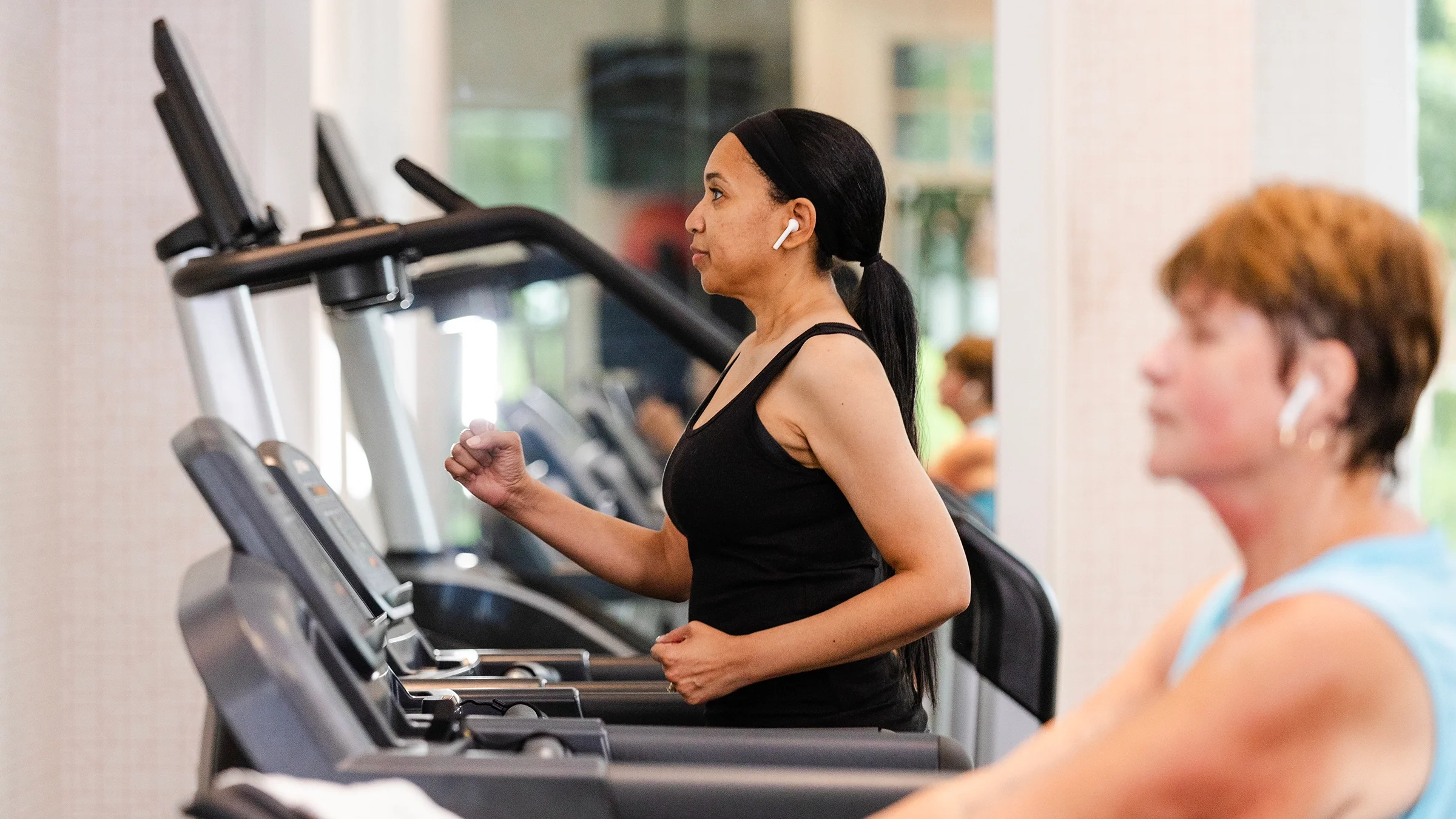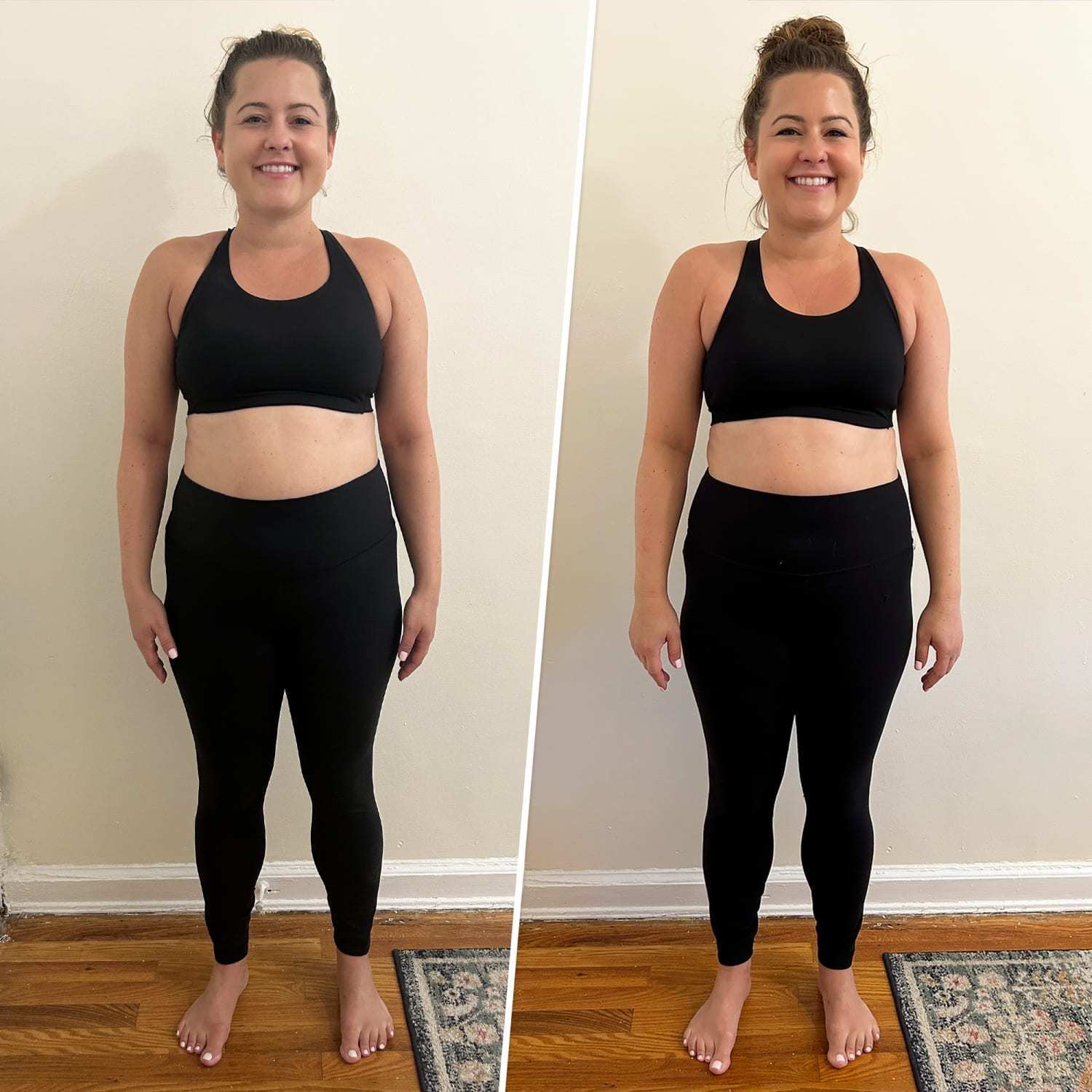Are you looking for a simple way to lose weight without hitting the gym or following a strict diet? Walking might be the answer you’ve been searching for.
But is walking really good for weight loss? This question comes up a lot, and the truth might surprise you. If you want to burn calories, improve your health, and feel better every day, understanding how walking affects your weight is key.
Keep reading to discover how this easy activity can help you reach your weight loss goals and why it might be the perfect fit for your lifestyle.
How Walking Burns Calories
Walking is a simple way to burn calories and help with weight loss. Your body uses energy when you move, and this energy comes from burning calories.
Different factors affect how many calories you burn. These include how fast you walk, how long you walk, and how often you walk.
Calorie Burn Rates By Pace
Walking speed changes how many calories you burn. Walking faster burns more calories than walking slowly.
Here are average calories burned per 30 minutes for different paces:
| Pace | Calories Burned (30 minutes) |
|---|---|
| Slow (2 mph) | 85 |
| Moderate (3 mph) | 120 |
| Brisk (4 mph) | 170 |
Impact Of Duration And Frequency
Walking longer means you burn more calories. Even short walks add up if you do them often.
Try to walk at least 30 minutes most days. This helps keep your calorie burn steady and supports weight loss.
- Walking 30 minutes burns more calories than 10 minutes
- Walking daily increases total calorie burn
- Regular walking improves fitness and metabolism

Benefits Beyond Weight Loss
Walking is a simple activity that helps more than just losing weight. It supports many parts of your health.
Regular walking improves your body and mind in many ways. It is easy and good for almost everyone.
Improved Metabolism
Walking speeds up your metabolism, which helps your body burn calories faster. It keeps your energy use active even after you stop walking.
This boost helps your body use food for energy instead of storing it as fat. Walking regularly can make your metabolism stronger over time.
Enhanced Mood And Energy
Walking releases chemicals in your brain that make you feel happier. It reduces feelings of stress and anxiety.
Walking also increases your energy. It helps you feel less tired and more awake during the day.
- Boosts natural mood enhancers
- Reduces stress and anxiety
- Increases daily energy levels
Cardiovascular Health Boost
Walking helps your heart stay healthy by improving blood flow. It lowers bad cholesterol and raises good cholesterol.
Regular walking can lower blood pressure. It reduces the risk of heart disease and stroke over time.
- Improves blood circulation
- Lowers bad cholesterol (LDL)
- Raises good cholesterol (HDL)
- Reduces blood pressure
- Supports heart health
Walking Vs Other Exercises
Walking is a simple way to stay active. It helps burn calories and lose weight.
Other exercises like running or cycling can burn more calories. But walking is easier for many people.
Low Impact Advantage
Walking is gentle on your joints. It causes less strain than running or jumping.
This low impact makes walking a good choice for beginners or those with injuries.
Sustainability And Accessibility
Walking needs no special equipment or gym. You can do it anywhere, anytime.
It is easy to keep walking as a daily habit. This helps with long-term weight loss.
- No gym membership needed
- Works in parks, streets, or malls
- Safe for most ages and fitness levels
- Can be done alone or with friends

Tips To Maximize Weight Loss
Walking is a simple way to lose weight. You can burn calories and stay healthy by walking regularly.
To get the best results, try these tips. They help you burn more fat and stay motivated.
Incorporating Intervals
Intervals mean changing your walking speed during your walk. You can walk fast for a short time, then slow down.
This method burns more calories than steady walking. It also improves your heart health.
- Walk fast for 1 minute
- Walk slow for 2 minutes
- Repeat for 20-30 minutes
Increasing Intensity
Make your walk harder by walking uphill or using weights. This helps you burn more calories.
You can also try walking faster or taking longer steps. These changes boost your heart rate and fat loss.
- Choose hilly paths
- Wear light ankle or wrist weights
- Walk briskly with longer steps
Using Proper Form
Good walking form helps you avoid injury and burn more calories. Stand tall and keep your shoulders relaxed.
Swing your arms and keep your eyes forward. This makes your walk more effective and comfortable.
- Keep your head up
- Engage your core muscles
- Swing your arms naturally
- Step with your heel first
Common Mistakes To Avoid
Walking can help with weight loss, but some mistakes can slow progress. Avoid these errors to get better results.
Knowing what to avoid makes your walking routine more effective and keeps you motivated.
Overestimating Calorie Burn
Many people think walking burns more calories than it really does. This can cause them to eat more and gain weight.
The number of calories burned depends on speed, distance, and body weight. Do not rely on rough estimates.
- Use a pedometer or app to track your steps accurately
- Remember walking burns fewer calories than running
- Combine walking with other exercises for better results
Ignoring Diet
Walking alone will not help much if you eat unhealthy foods. Diet plays a big role in weight loss.
Eating too many calories cancels out the calories burned by walking. Focus on balanced meals.
- Choose fruits, vegetables, and lean proteins
- Limit sugary and fatty foods
- Drink plenty of water to stay hydrated
Skipping Consistency
Walking once in a while will not lead to weight loss. Regular exercise is key for success.
Set a schedule and stick to it. Consistency helps your body burn fat and build stamina.
- Walk at least 30 minutes most days of the week
- Choose a time that fits your daily routine
- Track your progress to stay motivated

Tracking Progress Effectively
Walking is a simple way to lose weight. To see real results, tracking your progress is key. It helps you stay motivated and know what works best.
Tracking your walks and weight changes makes it easier to adjust your routine. This way, you can reach your goals in a healthy way.
Using Apps And Wearables
Apps and wearables can track your steps, distance, and calories burned. They give instant feedback and help you monitor daily activity.
Some devices also track your heart rate and sleep, which support weight loss efforts. Data from these tools helps you see patterns and progress.
- Track steps and distance
- Monitor calories burned
- Check heart rate during walks
- Keep record of daily activity
Setting Realistic Goals
Set clear and reachable goals for your walking routine. Start small to build habits and avoid getting discouraged.
Goals can be about time, steps, or weight loss targets. Adjust them as you improve to keep yourself challenged but not overwhelmed.
- Start with 10 to 15 minutes daily
- Increase walking time gradually
- Set weekly step count targets
- Track weight loss in small amounts
Frequently Asked Questions
Does Walking Help Burn Belly Fat Effectively?
Walking increases calorie burn, which helps reduce overall body fat, including belly fat. Regular brisk walking boosts metabolism and promotes fat loss. Combining walking with a healthy diet enhances belly fat reduction. Consistency is key for visible and lasting results.
How Long Should I Walk Daily For Weight Loss?
Aim for at least 30 to 60 minutes of brisk walking daily. This duration helps burn calories and improve cardiovascular health. Walking longer or at a faster pace increases calorie expenditure. Regular daily walking supports steady and sustainable weight loss.
Can Walking Replace Gym Workouts For Weight Loss?
Walking can be an effective weight loss exercise, especially for beginners. It is low-impact and easy to maintain consistently. However, combining walking with strength training maximizes fat loss and muscle tone. Walking alone may not provide all fitness benefits of gym workouts.
What Is The Best Walking Pace To Lose Weight?
A brisk pace of about 3 to 4 miles per hour is ideal. This pace increases heart rate and calorie burn without causing excessive fatigue. Interval walking, alternating fast and slow speeds, can further boost weight loss. Staying consistent matters more than speed alone.
Conclusion
Walking is great for weight loss. It’s simple and effective. You don’t need fancy equipment. Just a good pair of shoes. Consistency is key. Walk every day if possible. It burns calories and boosts mood. Also, it’s low-impact. Easy on the joints.
Perfect for all ages. Combine walking with healthy eating. Results will come. Slowly but surely. Start small and increase distance. Enjoy the journey. Walking can be fun. Explore new paths and enjoy nature. Stay committed. Your body will thank you.
Keep walking and stay healthy.